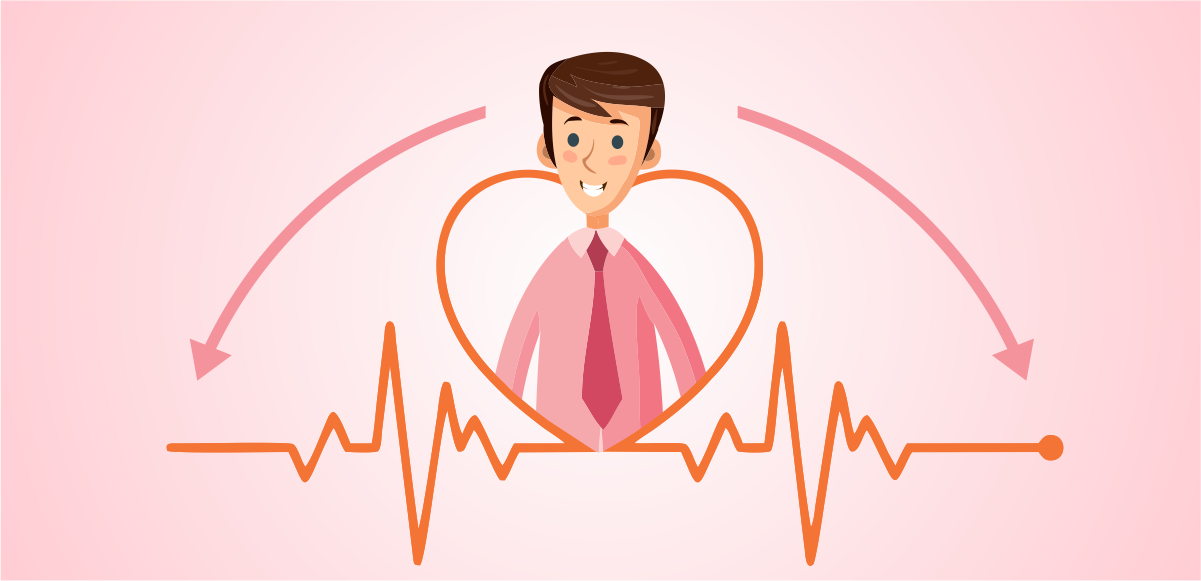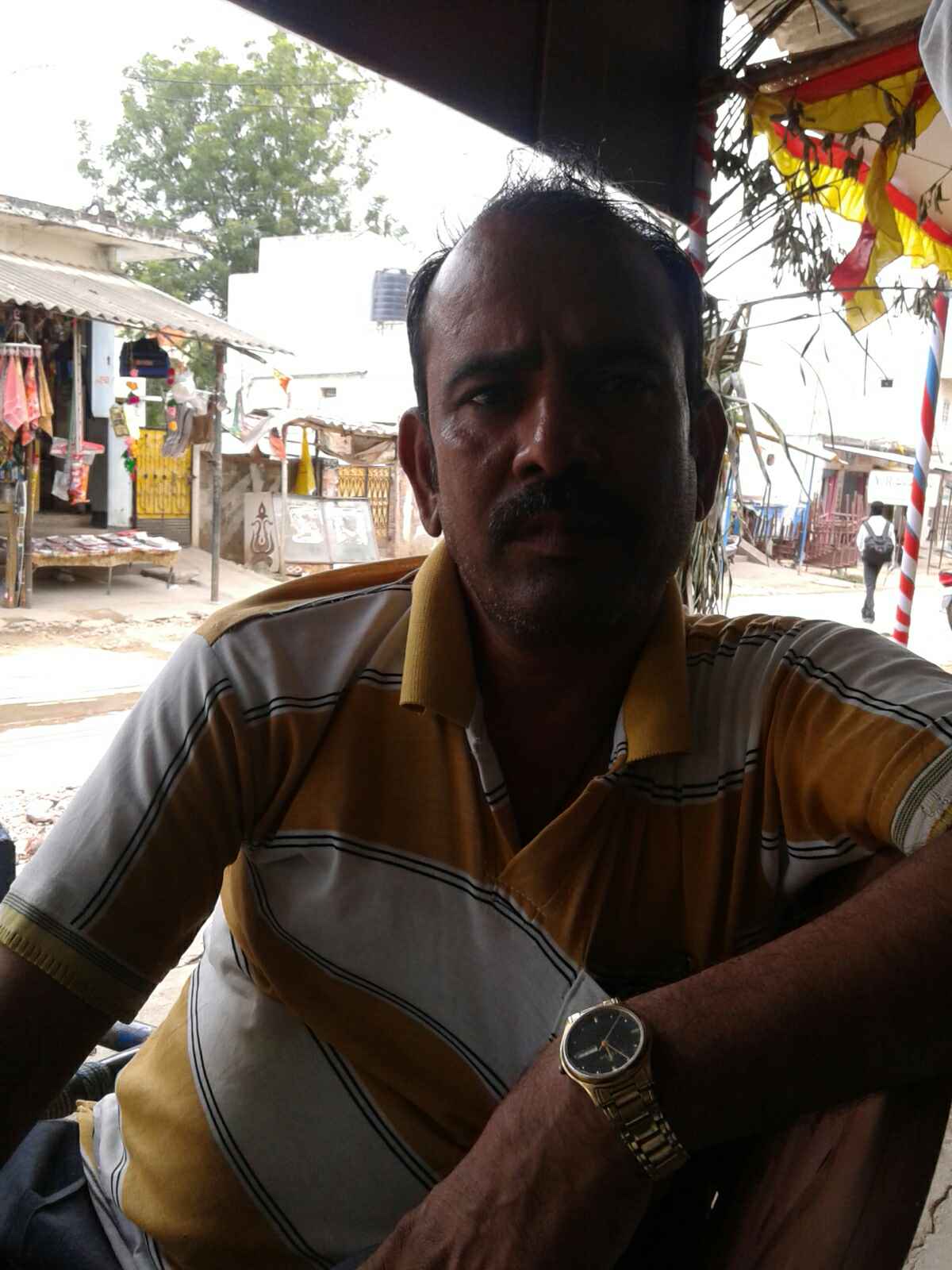

Hypertension is a major risk factor for cardiovascular disease, which is the leading cause of death worldwide. Hypertension is also a risk factor for stroke, heart failure, peripheral vascular disease, and chronic kidney disease.
The symptoms of hypertension are not specific to the disease. The most common symptoms are headache, dizziness, fatigue, and blurred vision. Your blood pressure should be checked at least once or twice a year. If you have high blood pressure, your health care provider will likely recommend that you check your blood pressure regularly at home. You can buy a blood pressure monitor at a drugstore or online.
You can limit the risk of hypertension by avoiding alcohol, smoking, and excess salt. If you are overweight or obese then losing weight can help in reducing the risk of hypertension.
Historically, the management of hypertension has been reactive. In recent years, the chronic disease management (CDM) model has been implemented to ensure proactive care of people with chronic hypertension.
CDM refers to a health care system that supports individuals with chronic illness to remain as healthy and functional as possible. It is a patient-centered approach where the patients are active participants in their care. They are well informed about their illness and participate in the decision-making process. In CDM, the health care system and the community at large collaborate to help the patient achieve optimal health and long-term well being.
